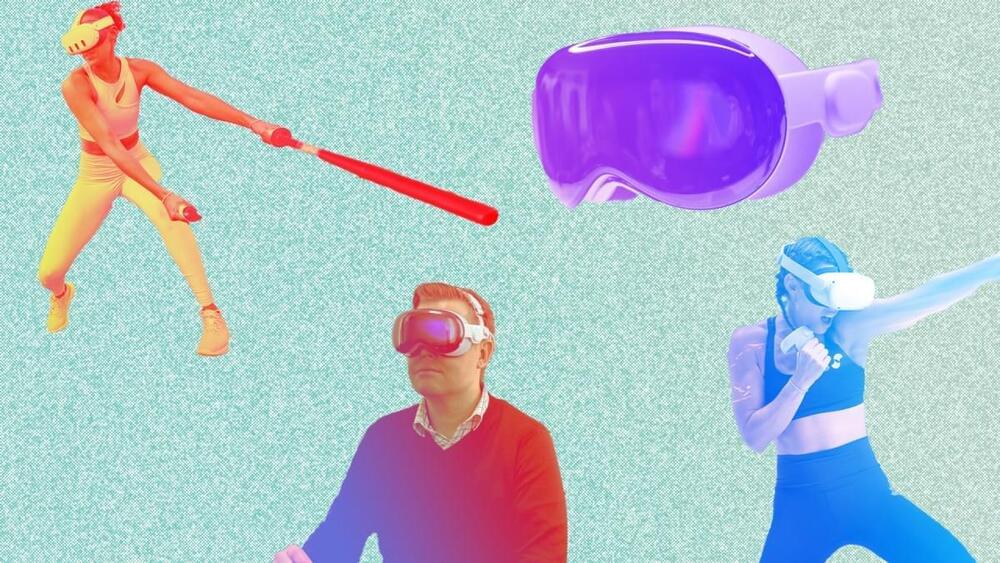Apple’s Vision Pro launch resembles its Apple Watch debut in more ways than one, but to me the most telling similarity is in the marketing approach. Apple has striven to distance the Vision Pro from the existing crop of virtual reality (and even mixed reality) devices — many of which are objective failures — by exclusively focusing on the term “spatial computing”; however, the marketing seems focused on identifying a few key use cases it thinks will best drive consumer interest.
The company took the same approach with the Apple Watch, which like its face computer cousin, was more or less a solution in search of a problem when it originally debuted. Apple initially focused on a lot of features the Apple Watch has now actually done away with entirely, including its Digital Touch stuff that was meant to be a new paradigm for quickly communicating with friends and loved ones across distances. In general, it was presented as a relatively robust and full-featured platform nearly on par with the iPhone in terms of future potential.
The intervening years and generations of Apple Watch have seen it grow considerably in terms of pure technical capability and specifications, yet the marketing and focus around the product from Apple’s side has been more economical, spending outsized effort at the areas that seemed to resonate best with users — including health and wellness, and more recently, safety.
